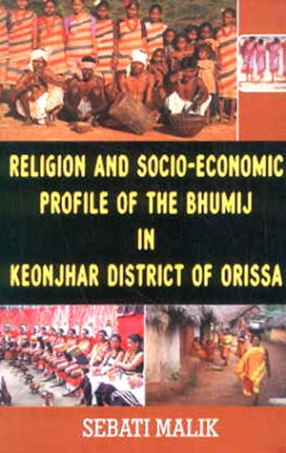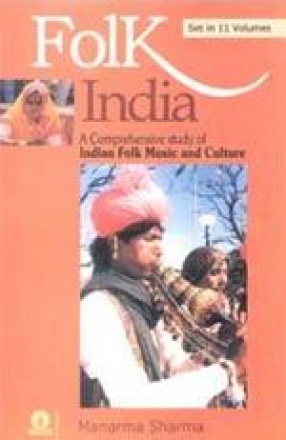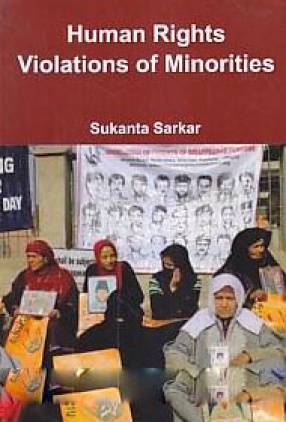Religion and Socio Economic Profile of the Bhumij in Keonjhar District of Orissa is a book that can be referred by the students of post graduation and research scholars of our country and abroad. The reader can not only find the scope of getting every bit of information about the Bhumij (a tribe in Orissa) who reside in the two study areas of Keonjhar District but also they can get the information on the Bhumij live anywhere else in the country like Bihar, West Bengal etc. Moreover, the scope of the book is not limited to the life and culture of the Bhumij only. A brief description has been given on the other tribal communities in India also. The description exhibits the heterogeneous character of the tribals where we see the hunting and food gathering primitive tribal communities and he most advanced educated settled agriculturist and hinduised tribal communities, living side by side. The study depicts the complexity of the tribal life and culture in general and he Bhumij in particular.
The description of their life style occupational pattern socio cultural life, demographic profile intercommunity interaction, educational attainment economic standing depicts the complexity of the tribal life in India. However, even after long years of social contact with their Hindu neighbours the tribals still have retained some of the traditions, customs and rituals which are part of their own original culture. This again shows that in spite of socio cultural and economic integration, each tribe is a cultural entity having a worldview of their own and the tribal communities are different in their way of life from their Hindu neighbours.
Keeping in view of the complexities of tribal life, examples can be cited from the educated tribes like the Nagas, the Mizos whose educational attainment is higher than the Brahmins in India on the one hand and the tribes of Andaman Islander on the other who have not yet seen the outside world other than their own people and the natural surrounding around them. The Santhals and the Mudnas are the settled agriculturists who use modern equipments, pesticides and innovative method of agriculture for good production whereas the primitive tribal communities like the Birhors, the Chenchus, the Malers do not yet know the plough cultivation and depend on food gathering and shifting cultivation. Some tribal communities like the Santhals, the Mundas, and the Bhumijs are positively oriented towards the Hindu social order whereas the Nagas, the Mizos are the tribes who are negatively oriented towards the Hindu social order.
The demographic features of the tribals again show that the North Eastern state like Mizoram and the states of Madhya Pradesh, Orissa and Jharkhand are having over concentration of tribal population whereas not a single scheduled tribe populationis found in the states of Jammu and Kashmir, Punjab, Haryana, Pondicherry, Delhi and Chandigarh (UT). Therefore the tribal situation in India has changed a lot and they are no more a homogeneous group, which this book deals with at a glance. The main theme of the book is based on the primary data collected for the purpose of Ph.D thesis on the Bhumij in a holistic way. This is a comparative study conducted on the two groups of the Bhumij population who live in rural and urban settings in Gopinathpur and Bhumij Sahi respectively.





There are no reviews yet.